All About AAC
What is AAC?
- Augmentative Communication refers to all communication that supplements or adds to one’s speech.
- Alternative Communication refers to all communication that replaces one’s speech.
- An AAC system is a combination of augmentative and alternative techniques used to communicate a message when child’s speech is not sufficient to meet their communicator’s needs.
- An AAC system helps support or replace spoken communication when a child’s communication needs are not being met.
- The use of an AAC device supports a child’s expressive and receptive language and social communication needs.
Who would benefit from the use of an AAC system?
Any child whose speech or spoken language is inadequate to meet their communication and learning needs.
What are the benefits to using an AAC system?
- Helps the child to be able to communicate better
- May help to reduce the child’s frustration and behaviours
- Helps the child be included in everyday activities and supports the child’s playing and talking with peers
- Helps the child to be as independent as possible
- AAC systems provide both auditory and visual information (to help support the child’s understanding and use of language)
- AAC systems incorporate the use of objects, photographs, symbols; these visuals are not transient (and do not disappear quickly like speech does) and helps to make language more concrete for the child
- AAC can be slowed down without distortion and can be repeated many times as needed, for the benefit of the user and listener
- AAC systems support a child’s communication and literacy skills and allows him/her to access the curriculum.
In AAC, what is the role of the Speech-Language Pathologist (SLP)?
- Assess the child’s communication needs
- Select the appropriate system and the appropriate language for the system to support a child’s functional communication for academic and social use. The SLP within your school board may refer onto specialty AAC clinics when appropriate.
- Develop functional communication goals for the child and monitor his/her progress.
- Support the training of the child, school team and parents around the use of the AAC system.

